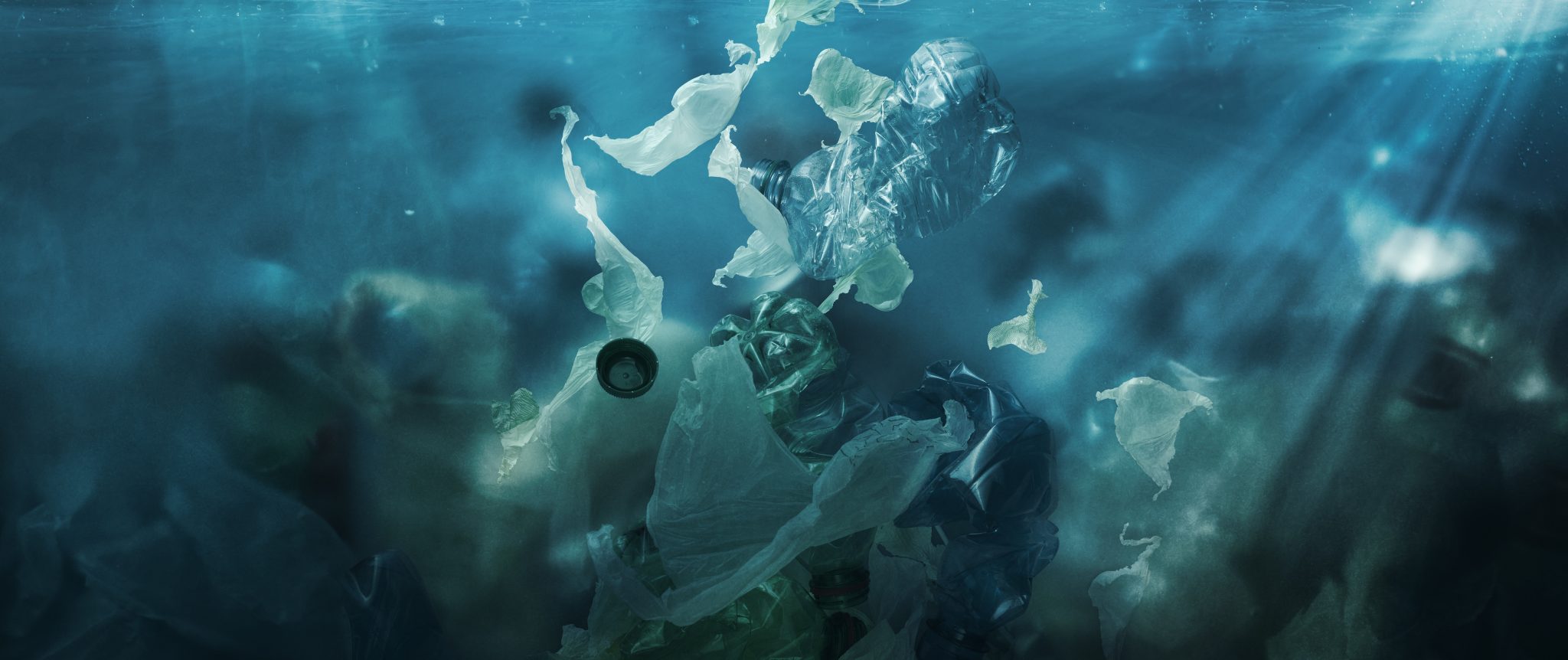Pre-ocean cleanup
The first approach is simply making sure plastics never enter the ocean in the first place. Divert them away before it occurs. It’s essential we stop materials from leaking out of our “closed loop.”
Of course, this solution is ideal. However, despite everyone’s best efforts, it’s not fool-proof, and a certain amount of plastics gets into the water. The most immediate and affordable approach is the way Lavergne runs its plastic collection programs in Haiti. Namely, hire local workers to collect plastics along beaches, canals and roadsides, and deliver them to the collection centres. It’s a winning approach with environment, social and economic benefits.
Oceanworks, a global marketplace for recycled ocean plastic materials and products, outlines five recycling points before reaching the high seas:
- Pre-consumer – Even before the product gets into consumer’s hands, the manufacturer has a plan that those items will be collected or returned for recycling
- Ocean-Bound – “Ocean-bound” refers to plastics used and disposed of within 50 km of the shoreline in an area without a formal waste management program
- Waterway – The materials found in rivers and canals flowing to the sea. An innovative group from The Netherlands, The Ocean Cleanup, found that rivers are responsible for a large amount of ocean plastics, with 80 percent of ocean plastics flowing from only 1,000 rivers
- Coastal — Material that has washed up onto beaches and coastlines. Commonly fragmented and showing signs of degradation.
- Near-shore — Material suspended in the shallow or adjacent areas of the ocean that are close but not accumulating on the shoreline.
As with all preventive efforts, public education is a big part of the solution. Open discussion about the values of recycling, making recycling widely available, and encouraging community pickup events are just some of the ways in which companies and local jurisdictions can cut prevent plastic pollution in the oceans.
Mid-Ocean Cleanup
When plastics enter the ocean or “high seas,” then it’s too late to put those pre-ocean cleanup approaches into action. The only option is to clean the ocean. Sounds like a tall order, right? It is.
Luckily, we have some determined people on our side.
One inspiring leader is The Ocean Cleanup (OC), which aims to capture 50 percent of debris in the Great Pacific Garbage Patch between 2019 and 2024.
The OC’s ocean vessels deploy a 600-metre floating C-shaped tube, moving in the same direction of travel as polluting plastic. A sea anchor slows the tube down slightly, allowing the tube to catch any floating plastic. The tube also has a skirt underneath for marine life to pass through safely. The accumulated debris is picked up with a support vessel.In October 2019, The Guardian reported OC scientists saying their test vehicle had picked up plastic, including the dangerous microplastics that can even more easily make their way into marine ecosystems.
The OC’s is also tackling those top 1,000 polluting rivers, using this impressive solar-powered “Interceptor” vessel to collect and distribute floating plastics. At maximum capacity, the Interceptor can collect and sort 100,000 kilograms of waste per day.
View The Ocean-Clean Up River Interceptor: Embeds for YouTube: No video/playlist ID has been supplied
Of course, the oceans are vast as these vessels are few. There would need to be a large number of vessels available to fix the problem.
Biodegradable plastics
Whenever we talk about “cleaner plastics,” we inevitably end up talking about “biodegradable plastics.” The idea sounds perfect — manufacturing a plastic that breaks up without harming the environment.
As Bioplastics News reported in 2019, it’s not as straightforward as that. The technology is still in its infancy, and there’s little research on how conditions for the breakup are achieved and what material the plastic breaks up into. Specifically, we’re still debating questions such as:
- How long will the material take to break down?
- How will environmental conditions such as climate or ocean versus land affect the degrading process?
- What will the material break into?
When you consider all the variables, it’s clear the best course of action is a strategy that diverts plastics away from the ocean before they get there.
Prevention is the Best Solution
How can we continue driving these preventative solutions? As with most prevention strategies, the first step is public education.
- Educate yourself, friends and colleagues about how plastics are recycled.
- Support your local recycling programs
- Choose products from environmentally conscious producers who have comprehensive recycling plans or use recycled plastics in their products
With widespread action, plastic pollution will diminish.
Let’s make 2020 the beginning of a new era for our planet.



